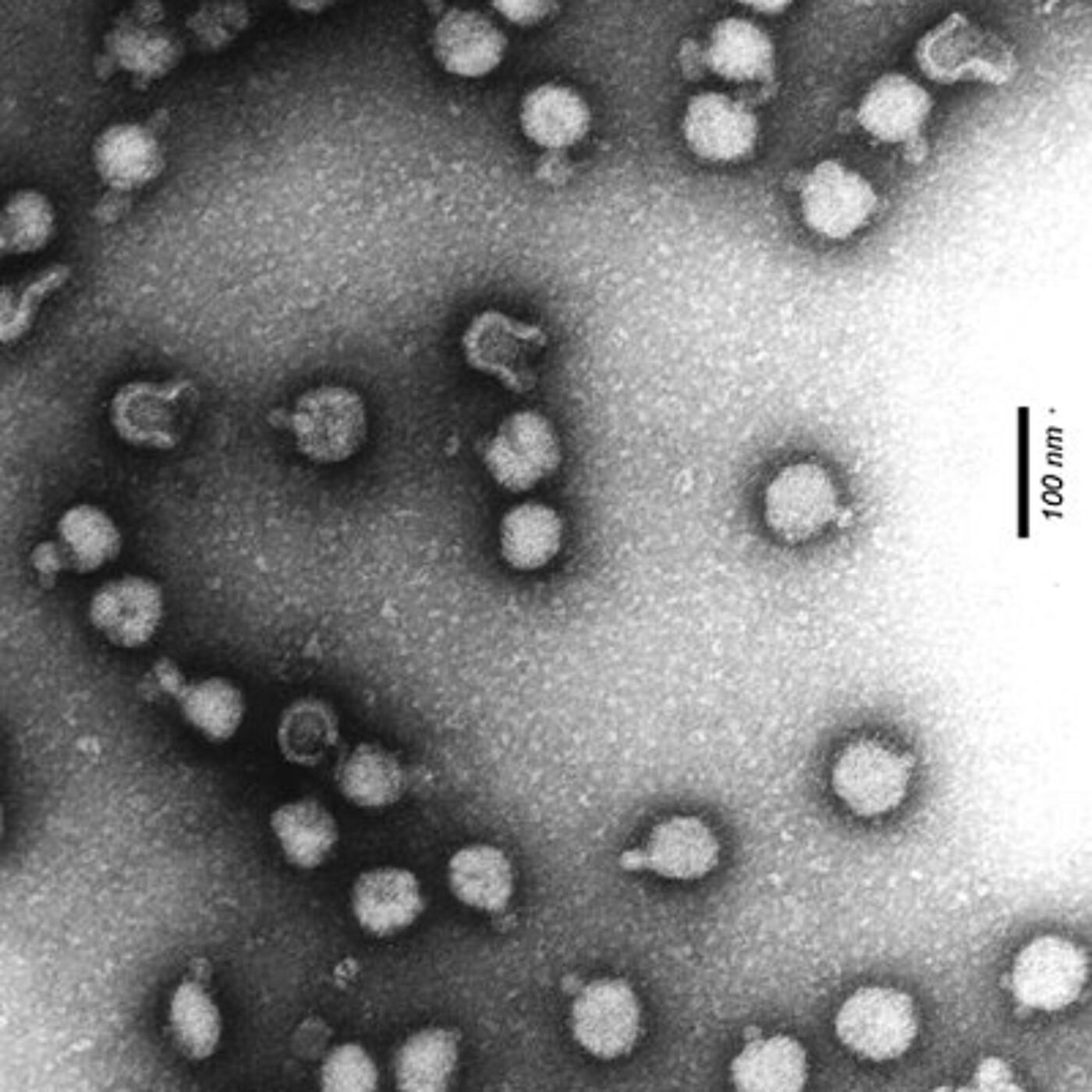Semliki forest virus
Semliki forest virus (SFV) is a single stranded positive sense RNA virus belonging to the genus Alphavirus of the family Togaviridae. It was first isolated from mosquitoes in Uganda in 1942 and is found in central, eastern and southern Africa. It is transmitted by mosquito bites and can cause disease in animals and humans; although their natural host and major mosquito vector is not known. SFV has been used as a model virus for biological research (viral life cycle, viral neuropathy and insect immunity) for many years, due to its broad host range, similarities to other pathogenic viruses (such as chikungunya virus and O`Nyong-Nyong virus) and easy manipulation of the virus.
Research at the CVR uses SFV as model virus to investigate the interaction between the virus and the mosquito-vector, specifically the innate immune response and how this influences vector competence and transmission, and the effects of Wolbachia symbionts on virus transmission.
Contact: Alain Kohl, Emilie Pondeville, Steve Sinkins
[Top]

Semliki forest virus from purified cellculture supernatant (90,000x magnification). By Gleiberg at de.wikipedia [CC BY-SA 2.0], from Wikimedia Commons

